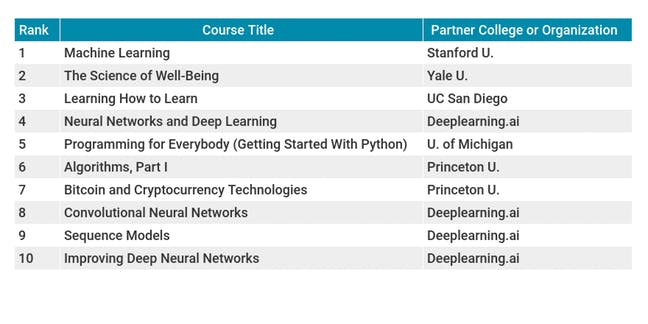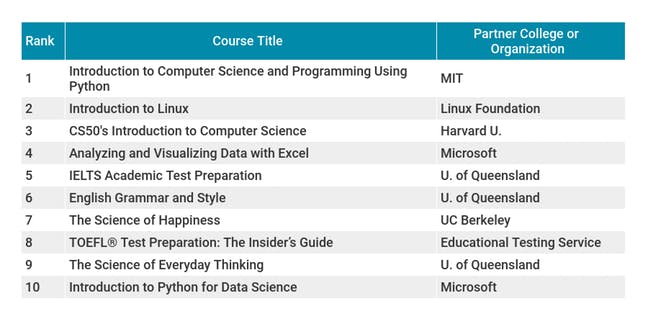Coursera’s CEO on the Evolving Meaning of ‘MOOC’ — from by Dian Schaffhauser
When you can bring huge numbers of students together with lots of well-branded universities and global enterprises seeking a highly skilled workforce, could those linkages be strong enough to forge a new future for massive open online courses?
Excerpts:
Campus Technology: Coursera used to be a MOOC operator, but now it’s a tech company, an LMS company, a virtual bootcamp and more. So how are you describing Coursera these days?
Maggioncalda: As a learning platform. We like to say to our universities, “Coursera is a platform for your global campus.”
You have [traditional universities] teaching with some of the world’s best professors, with some of the most cutting-edge research, to a population of people who have sat right here in front of you, on a small parcel of land, and who pay a lot of money to do that. It’s been very high quality that’s been available to the very few.
What we’re interested in doing is taking that quality of education and making it available to a vast group of people. When you think about our business model, I like to think about it as an ecosystem of learners, educators and employers. What we do is we link them together. We have 34 million learners from around the world. Our biggest country represented is the United States, followed by India, followed by China, followed by Mexico, followed by Brazil. A lot of the emerging markets and the learners there are coming to Coursera to learn and prosper.
…
[Editor’s note: Coursera currently hosts 10 online degree programs. And most recently, in July 2018, the University of Pennsylvania announced that it was launching its first fully online master’s degree, delivered through Coursera and priced at about a third of the cost of its on-campus equivalent.]…
…
CT: Let’s talk about the University of Pennsylvania deal. Do you think that’s going to put some competitive pressure on the other Tier 1 schools to jump into the fray?
Maggioncalda: This is a very well-regarded program. The University of Pennsylvania is a very well-regarded university. I think it’s causing a lot of people to re-evaluate what they were imagining their future might look like: Maybe learners really do want to have access that’s more convenient and lower cost and they don’t have to quit their jobs to take. And maybe there is literally a world of learners who can’t come to campus, in India and Europe and Latin America and Russia and Asia Pacific and China.
As a learning platform. We like to say to our universities, “Coursera is a platform for your global campus.”
Jeff Maggioncalda, Coursera CEO
In two years we’ve had over 1,400 companies hire Coursera to deliver university courses at work to their employees.
Now we’re starting to link the 34 million learners out there to the employers who are looking for people who have certain skills, saying, “Look, if you’re on Coursera learning about this thing, there might be companies who want to hire people that know the thing that you just learned.”
Jeff Maggioncalda, Coursera CEO
![The Living [Class] Room -- by Daniel Christian -- July 2012](http://danielschristian.com/learning-ecosystems/wp-content/uploads/2012/07/The-Living-Class-Room-Daniel-S-Christian-July-2012.jpg)
Learning from the Living [Class] Room:
A global, powerful, next generation learning platform — meant to help people
reinvent themselves quickly, cost-effectively, conveniently, & consistently
- A new, global, collaborative learning platform that offers more choice, more control to learners of all ages – 24×7 – and could become the organization that futurist Thomas Frey discusses here with Business Insider:
- “I’ve been predicting that by 2030 the largest company on the internet is going to be an education-based company that we haven’t heard of yet,” Frey, the senior futurist at the DaVinci Institute think tank, tells Business Insider.
- A learner-centered platform that is enabled by – and reliant upon – human beings but is backed up by a powerful suite of technologies that work together in order to help people reinvent themselves quickly, conveniently, and extremely cost-effectively
- A customizable learning environment that will offer up-to-date streams of regularly curated content (i.e., microlearning) as well as engaging learning experiences
- Along these lines, a lifelong learner can opt to receive an RSS feed on a particular topic until they master that concept; periodic quizzes (i.e., spaced repetition) determine that mastery. Once mastered, the system will ask the learner as to whether they still want to receive that particular stream of content or not.
- A Netflix-like interface to peruse and select plugins to extend the functionality of the core product
- An AI-backed system of analyzing employment trends and opportunities will highlight those courses and “streams of content” that will help someone obtain the most in-demand skills
- A system that tracks learning and, via Blockchain-based technologies, feeds all completed learning modules/courses into learners’ web-based learner profiles
- A learning platform that provides customized, personalized recommendation lists – based upon the learner’s goals
- A platform that delivers customized, personalized learning within a self-directed course (meant for those content creators who want to deliver more sophisticated courses/modules while moving people through the relevant Zones of Proximal Development)
- Notifications and/or inspirational quotes will be available upon request to help provide motivation, encouragement, and accountability – helping learners establish habits of continual, lifelong-based learning
- (Potentially) An online-based marketplace, matching learners with teachers, professors, and other such Subject Matter Experts (SMEs)
- (Potentially) Direct access to popular job search sites
- (Potentially) Direct access to resources that describe what other companies do/provide and descriptions of any particular company’s culture (as described by current and former employees and freelancers)
- (Potentially) Integration with one-on-one tutoring services









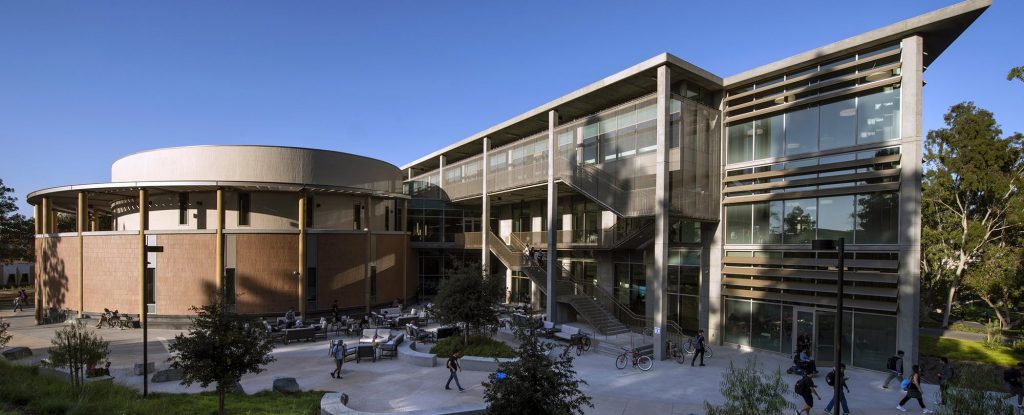
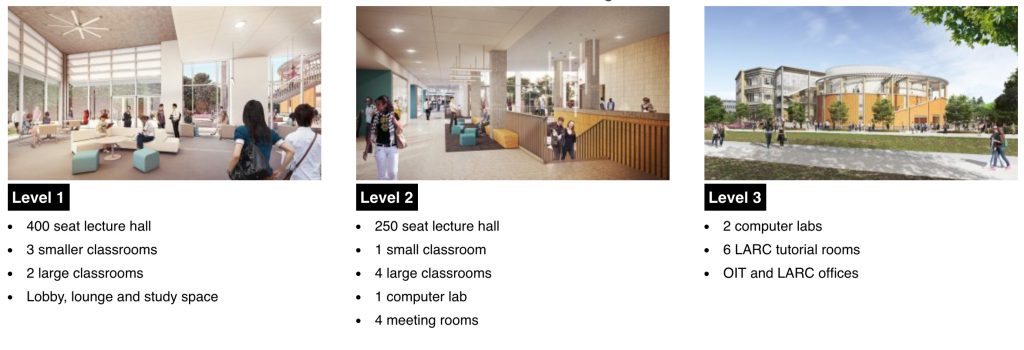
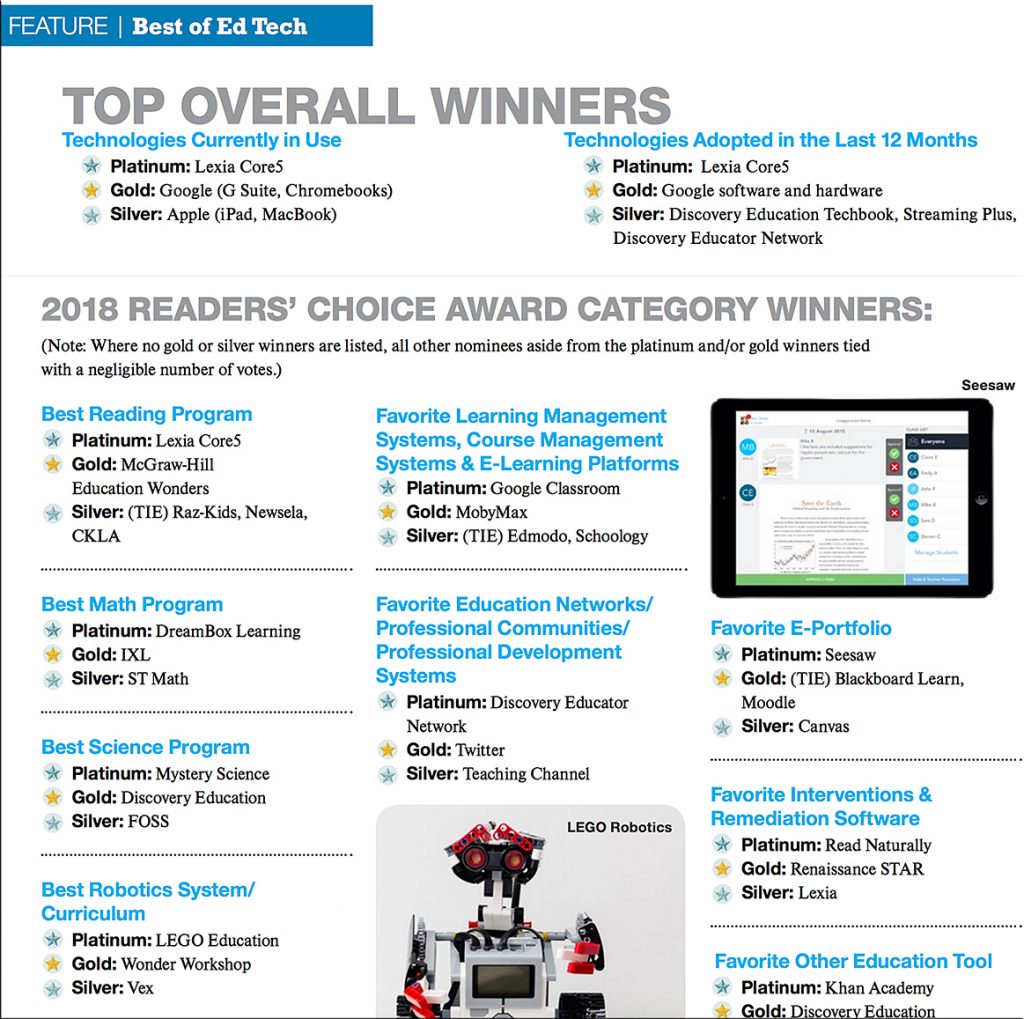
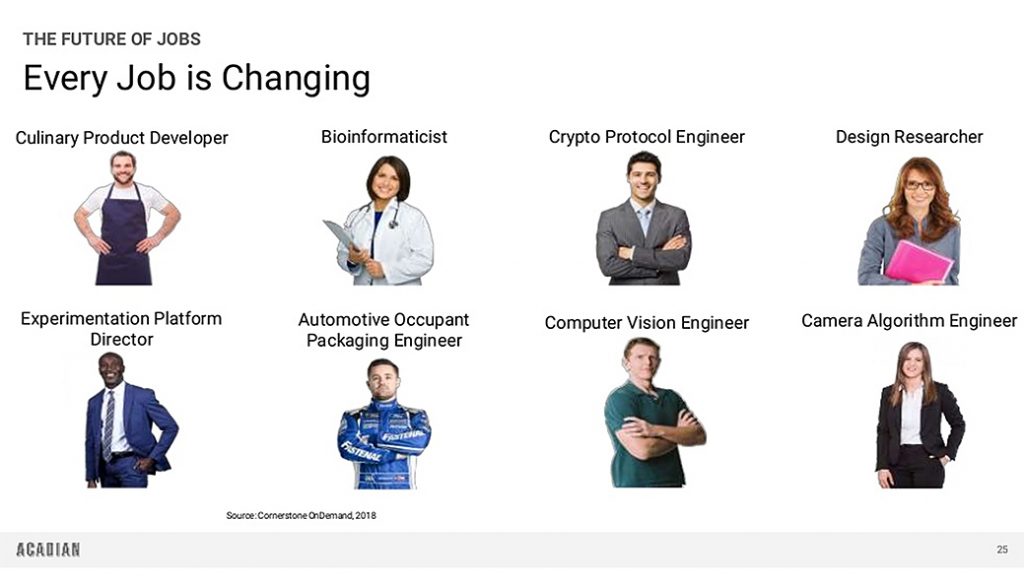

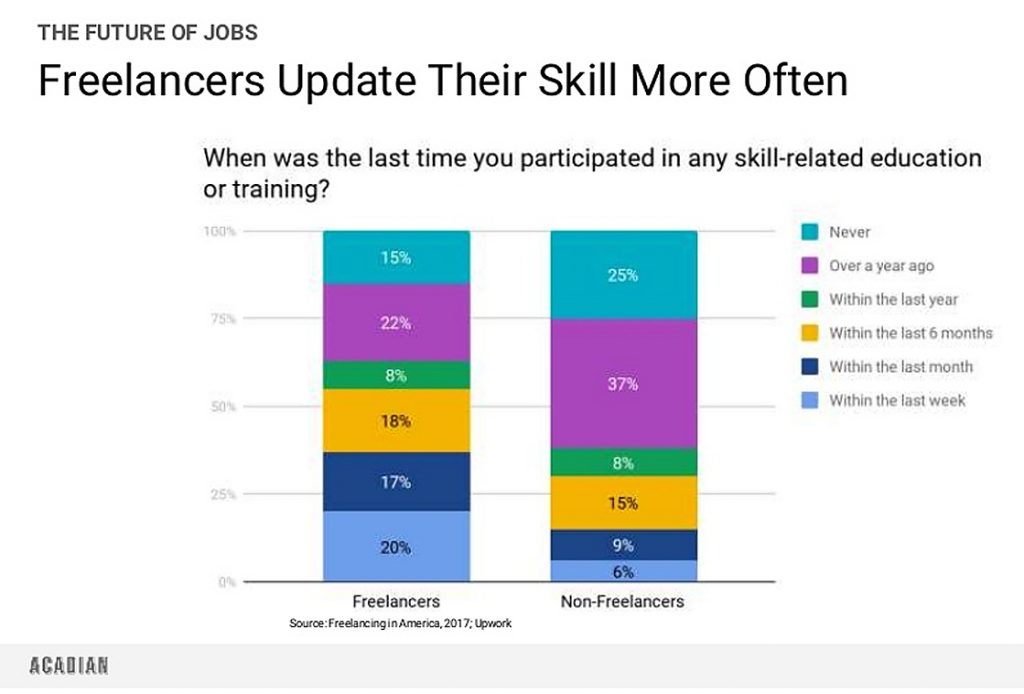
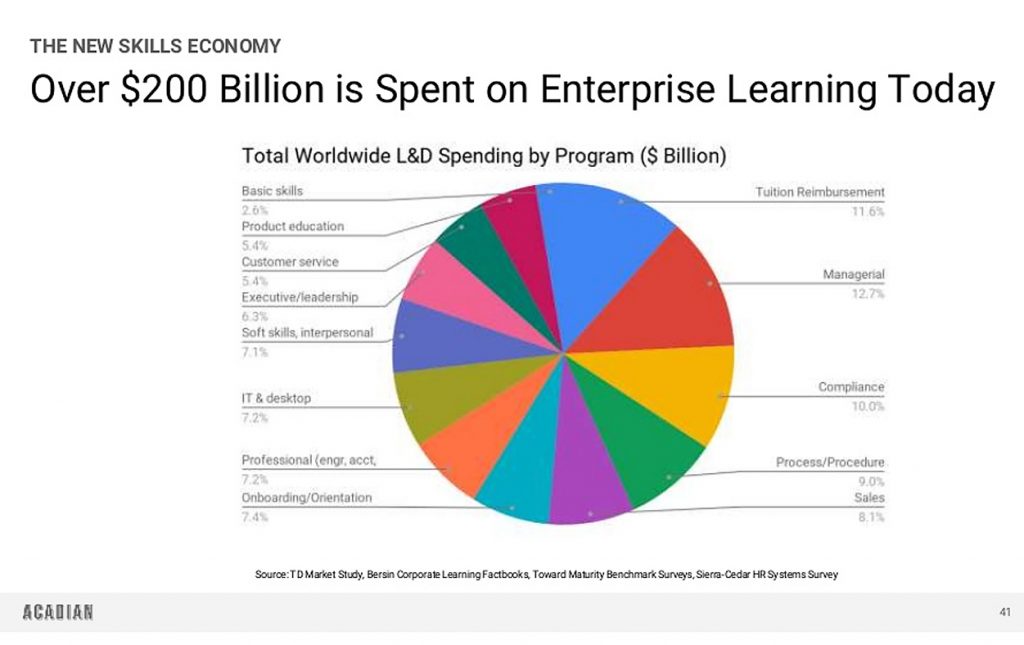
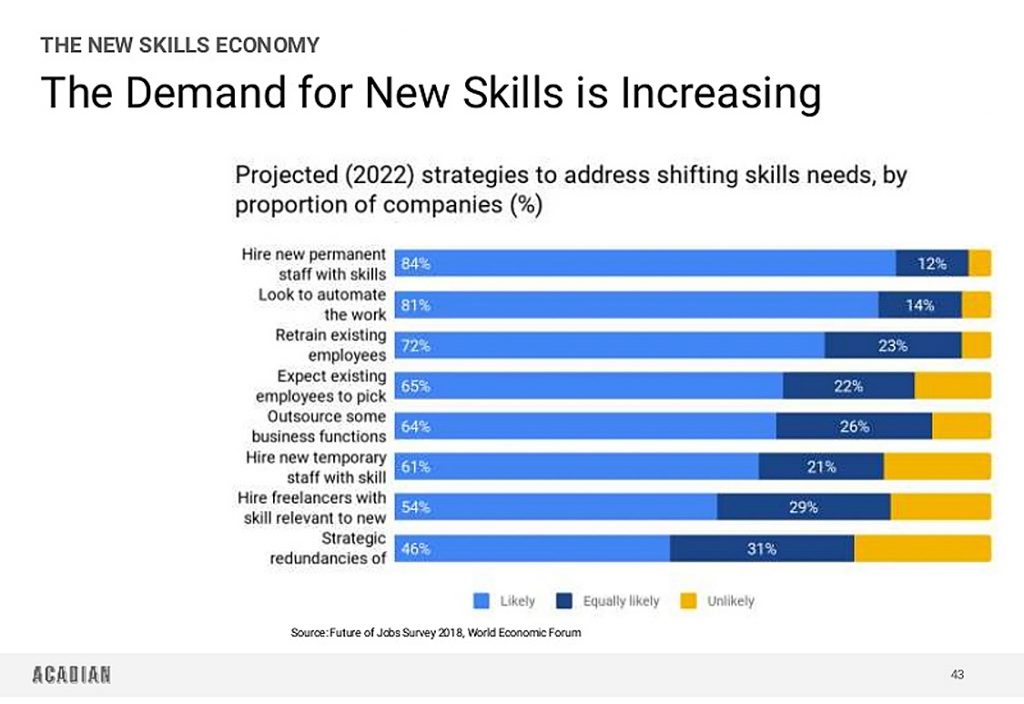

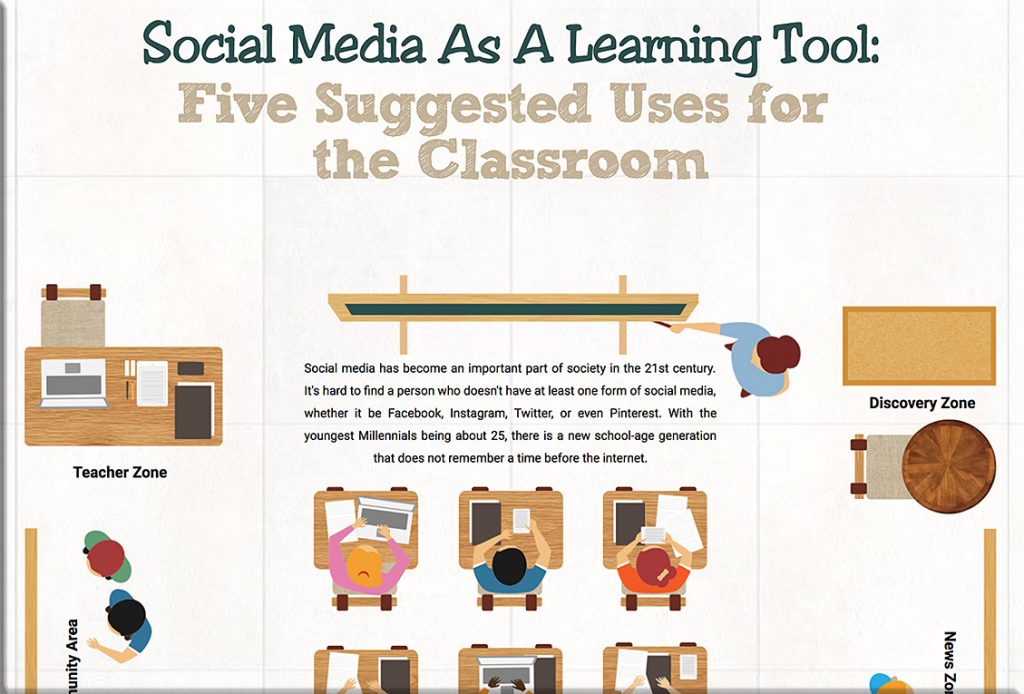
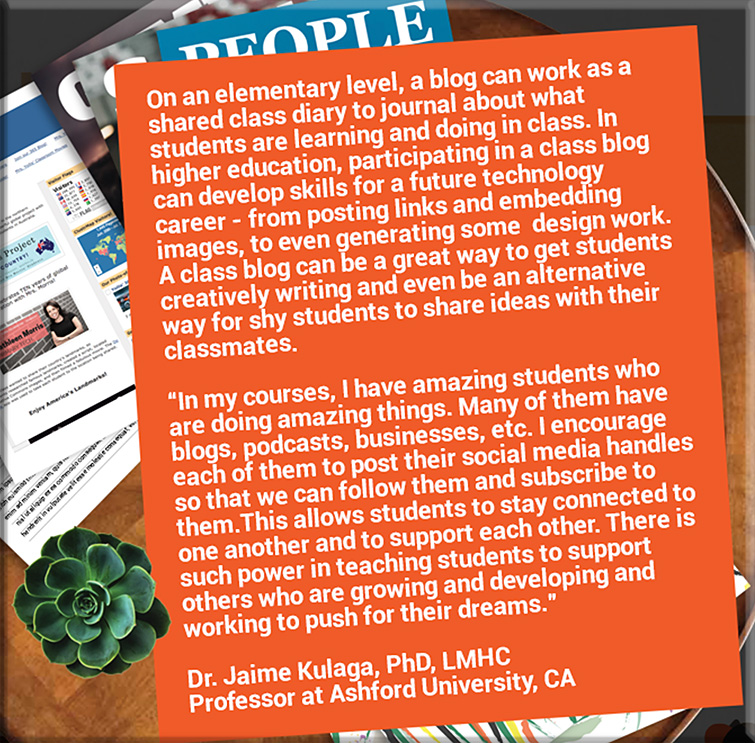
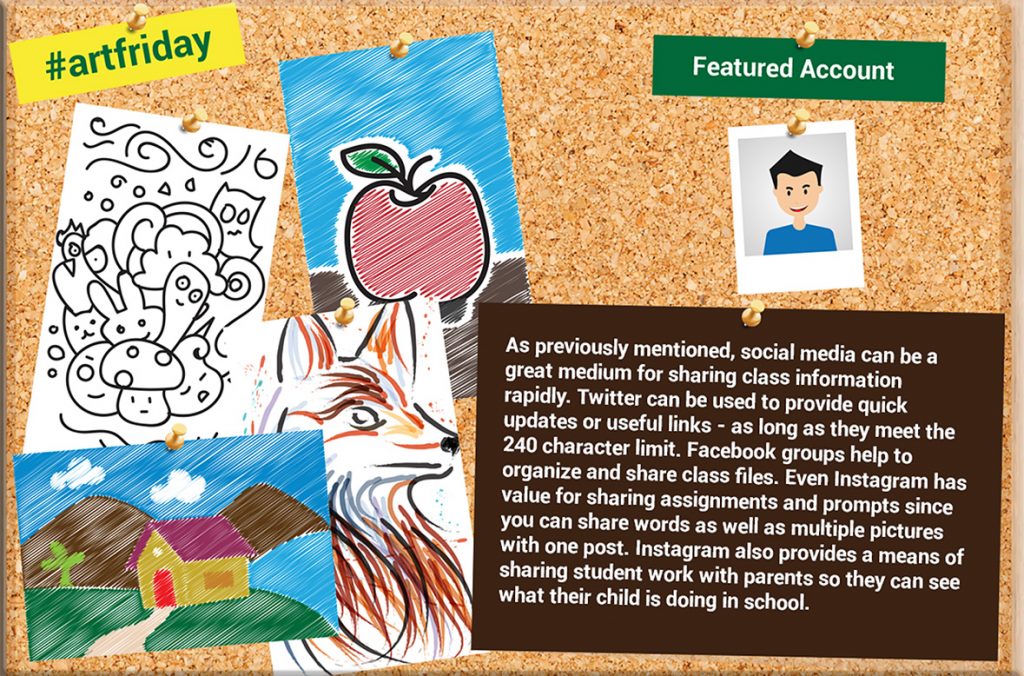

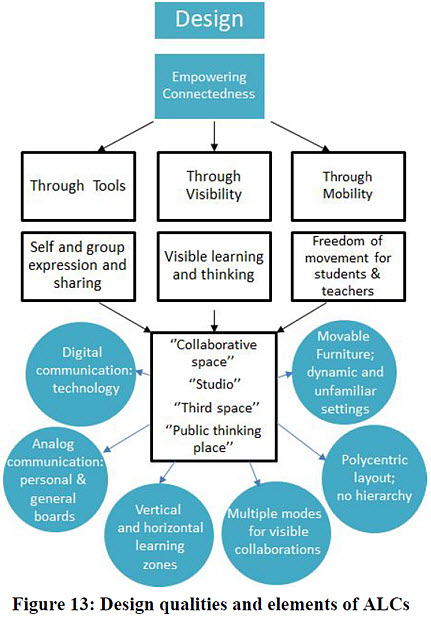
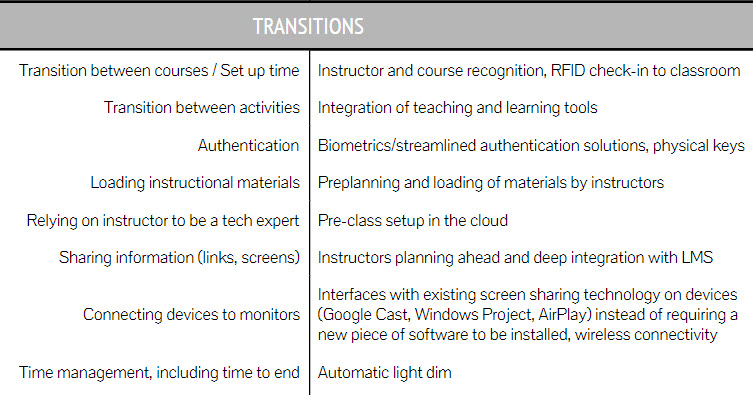


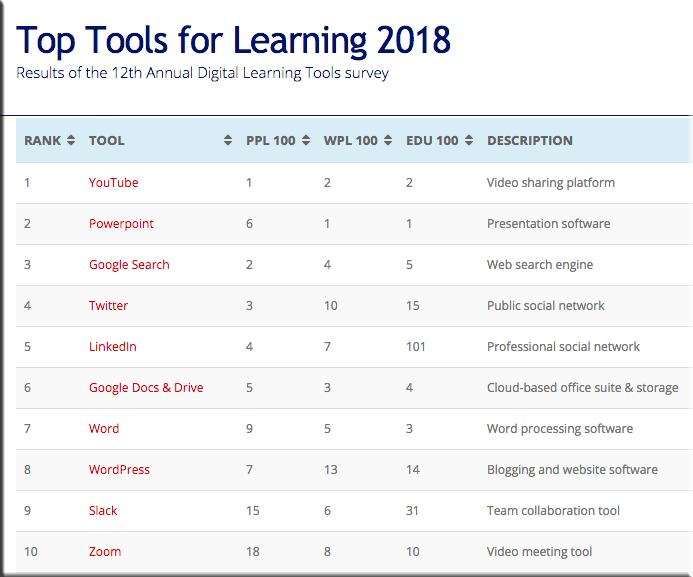
![The Living [Class] Room -- by Daniel Christian -- July 2012](http://danielschristian.com/learning-ecosystems/wp-content/uploads/2012/07/The-Living-Class-Room-Daniel-S-Christian-July-2012.jpg)
